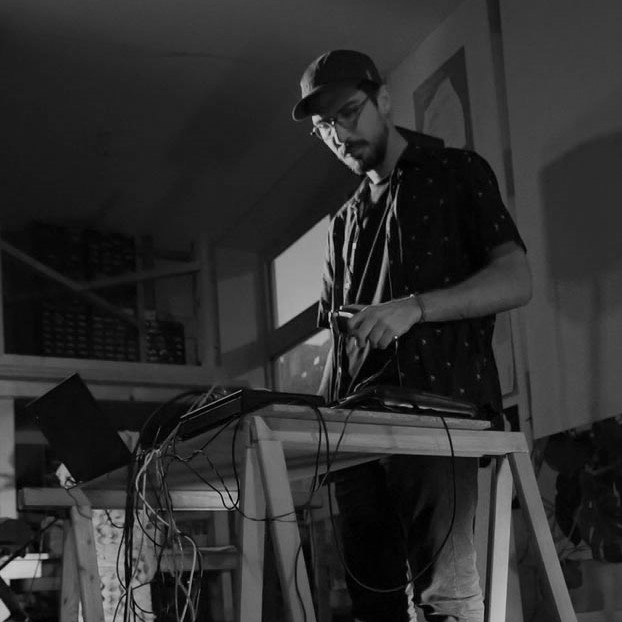There are a few open source simple web apps (manly for desktop browser use, GUI design not extended for mobile browsers) that I created to be used as tools for acoustic design:
Parabolic microphone gain:
Graphical tool for estimation of microphone acoustic amplification when attached to a parabolic dish. The estimated response is for an incient plane wave reaching the dish at 0 degrees. One can set up the dimensions for desining such a parabolic dish for an expected amplification.
Coupled acoustic resonators:
Graphical tool for estimation of acoustic response when designing acoustic resonators (Helmholtz resonators). One can obtain impedance and absoption values along the audible frequency range, based on specific requested dimensions and material properties. One can also use the tool to design coupled arrays (up to 3 resonators)
Waves on canvas:
Graphical tool for visualization of acoustic fields created by combining different types of point sources (monopole, dipole, quadrupole). It can be used as a teaching tool to show in an interactive way how different sources play a role in the acoustic field with respect to amplitude, phase, frequency and direction.
